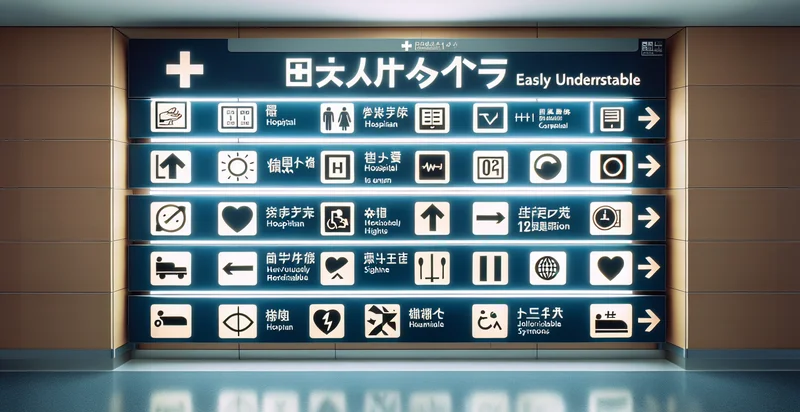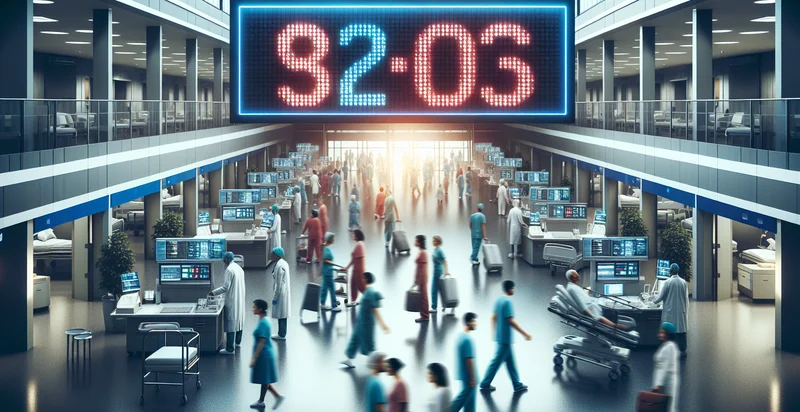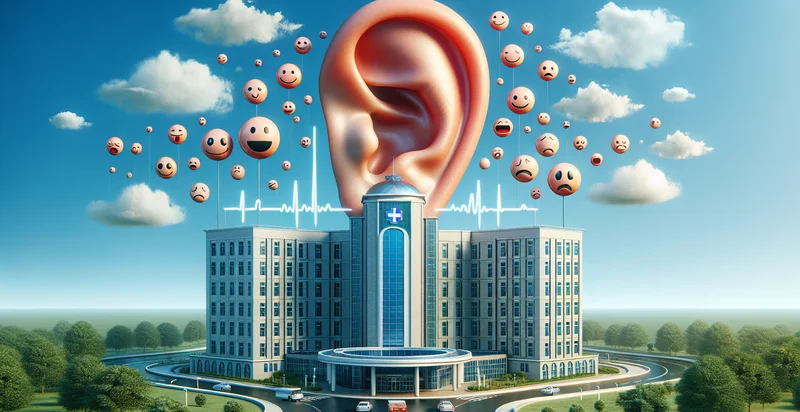Identify hospital signage clarity
using AI
Below is a free classifier to identify hospital signage clarity. Just upload your image, and our AI will predict if the hospital signage is clear - in just seconds.

Contact us for API access
Or, use Nyckel to build highly-accurate custom classifiers in just minutes. No PhD required.
Get started
import nyckel
credentials = nyckel.Credentials("YOUR_CLIENT_ID", "YOUR_CLIENT_SECRET")
nyckel.invoke("hospital-signage-clarity", "your_image_url", credentials)
fetch('https://www.nyckel.com/v1/functions/hospital-signage-clarity/invoke', {
method: 'POST',
headers: {
'Authorization': 'Bearer ' + 'YOUR_BEARER_TOKEN',
'Content-Type': 'application/json',
},
body: JSON.stringify(
{"data": "your_image_url"}
)
})
.then(response => response.json())
.then(data => console.log(data));
curl -X POST \
-H "Content-Type: application/json" \
-H "Authorization: Bearer YOUR_BEARER_TOKEN" \
-d '{"data": "your_image_url"}' \
https://www.nyckel.com/v1/functions/hospital-signage-clarity/invoke
How this classifier works
To start, upload your image. Our AI tool will then predict if the hospital signage is clear.
This pretrained image model uses a Nyckel-created dataset and has 2 labels, including Clear Signage and Unclear Signage.
We'll also show a confidence score (the higher the number, the more confident the AI model is around if the hospital signage is clear).
Whether you're just curious or building hospital signage clarity detection into your application, we hope our classifier proves helpful.
Related Classifiers
Need to identify hospital signage clarity at scale?
Get API or Zapier access to this classifier for free. It's perfect for:
- Patient Navigation Assistance: The 'hospital signage clarity' identifier can help streamline patient navigation by evaluating the visibility and comprehendibility of directional signs within the hospital. This could enhance patient experience and reduce the time taken to reach specific departments.
- Accessibility Compliance Audits: The function can be integrated into accessibility audits to ensure that signage meets regulatory standards for visibility and clarity, particularly for visually impaired individuals. Hospitals can use the results to make necessary adjustments and improve inclusivity.
- Emergency Response Optimization: During emergencies, clear signage is critical for directing patients and staff efficiently. The identifier can assess and identify potential problem areas in real time, ensuring that safety protocols are followed effectively.
- Signage Maintenance Planning: Hospitals can utilize the classification function to schedule maintenance or replacement of signs that are deemed unclear or outdated. This proactive approach can prevent confusion and maintain a professional environment.
- Patient Feedback Improvement: By analyzing patient feedback on navigation difficulties, hospitals can use the identifier to cross-reference which signs were identified as unclear. This data can inform future signage design and placement decisions based on actual user experiences.
- Staff Training Enhancement: Incorporate the function into staff training programs to educate employees on the importance of clear signage in hospitals. Training materials can include examples identified as problematic, helping staff to understand how signage impacts patient care.
- Design Optimization for New Installations: Hospitals planning to update or install new signage can use the identifier to evaluate design prototypes for clarity before implementation. This ensures that all new signs adhere to best practices, making the environment more navigable from the start.


